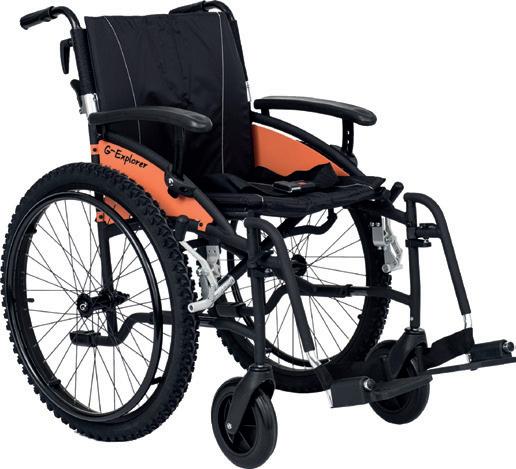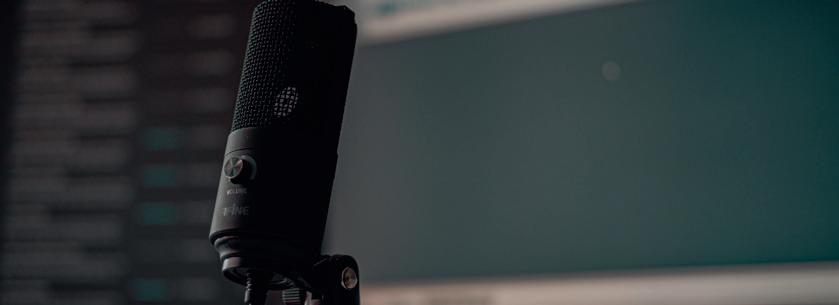PODCASTING FOR BEGINNERS You’ve listened to your fair share of podcasts, you’re knowledgeable about a topic, and you have a group of like-minded friends who you vibe with. What’s stopping you from starting your own occupational therapy podcast? If you’re worried about the technology involved, the logistics, or where to put it, never fear - we have the answers you seek.
LAY IT ALL OUT If you’ve ever seriously considered making a podcast, you need to make sure of a few things: you have a good, sustainable idea, and you have people who you vibe with to join you. A podcast is difficult alone; it’s a recorded conversation. Do you have someone who you can converse naturally with to join you, or a solid stream of guests? Do you have time to record it in your busy schedule? Do you have enough topics to sustain you for more than two drawn out episodes? If your answer to all of these questions is “yes,” you have a winner on your hands.
BLUE YETI
Pickup Pattern: Cardioid, omnidirectional, bidirectional, stereo Best for: Professional quality sound for roundtable discussions
£119
SETTING UP You have looked yourself deep in the eye and said, “yes, I am the podcaster of tomorrow.” That is good. You’ve made the commitment to get on board the podcast train, because everyone else has one, so why can’t you? It’s both deceptively easy and needlessly complex to get started with your podcast. Audio quality is important to a podcast, because…well, it’s recorded audio. It’s important that you can be heard with ease, and the clearer your audio is, the easier it is to edit. Of course, you can record your podcast with your phone’s microphone, but bear in mind that it is much easier to hear (and to edit) crisp, clear audio, and a more professional quality of set-up helps you appear more professional overall. A good microphone will take you a long way, but remember to buy one that has either a bidirectional or omnidirectional polar pattern if there’s going to be more than one of you recording in person to make sure you pick up all the right sound. Also, if you can, pick up a pop filter. This nifty little piece of fabric sits just in front of your mic and softens the natural “pop” noise that accompanies “p” and “b” sounds. If you’re looking for a microphone, here are some well-loved ones used by podcasters and streamers:
42
www.
-magazine.co.uk
TONOR TC30 Pickup Pattern: Cardioid Best for: Solo podcasters wanting bang for their buck
£31.99





